The Staatliche Museen zu Berlin (Berlin State Museums) this week unveiled the Pergamon Altar 3D Model created by Fraunhofer IGD, which is now accessible via the Pergamon Museum website.
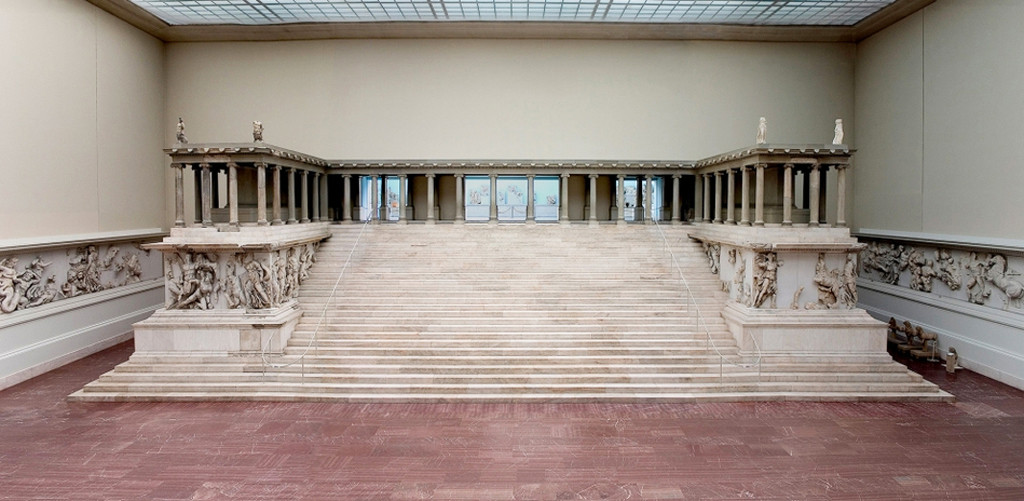
Pergamonaltar, Gesamtansicht. © Staatliche Museen zu Berlin, Antikensammlung / Photo: Johannes Laurentius
The Pergamon Altar was built on the terraces of the acropolis of Pergamon (then in Ancient Greece but now located in Turkey) in the 2nd century BC, during the reign of King Eumenes II, in dedication to Zeus and Athena. The altar was excavated between 1878 and 1886 by the German engineer Carl Humann, who persuaded the Turkish government that the finds of his dig should be the property of the Berlin Museums.
The Pergamon Altar and the hall of the Pergamon Museum in which it is housed are currently undergoing restoration as part of the Masterplan Museumsinsel, an extensive plan for the restoration and improvement of Berlin’s Museum Island. As a result, the Hall of the Pergamon Altar has been closed to the public since September 2014 and is not due to reopen until 2019.
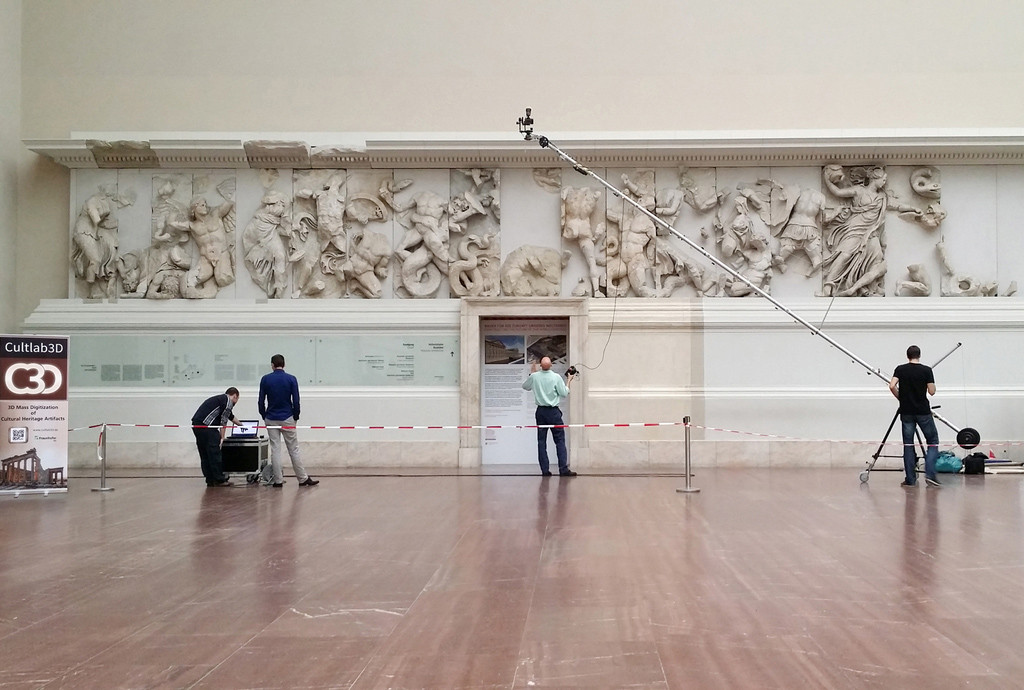
Employees of Fraunhofer IGD during the photogrammetric detection of the frieze. 2014. © Fraunhofer IGD
Fraunhofer IGD created the 3D model using a laser scanner placed at 51 different positions in the exhibition hall and more than 8,000 photos. The resulting 3D model is comprised of about 580 million triangles.
The model is unfortunately only currently available in German, though the interface is fairly intuitive.
Pergamon Altar 3D Model – Demonstration Video
Fraunhofer IGD is also responsible for the innovative solution to the problem of restoring the many thousands of paper files ripped and shredded by the Stasi after the fall of the Communist regime in East Berlin. For more information on that intriguing project I would highly recommend watching the short documentary, Virtual Reconstruction of Ripped Stasi Files.
The Pergamon Altar was originally displayed at the Altes Museum and moved to the new purpose built Pergamon Museum in 1901. The building was demolished in 1909 as it was structurally unstable and replaced by the current museum, which was completed in 1930 and now has structural issues of its own, which are now being addressed.
The Pergamon Museum is however still open during renovations – check the museum website for opening times, directions and prices. If you would like to see the Pergamon Altar before 2019 or are unable to visit the Pergamon Museum in person, the Pergamon Altar 3D Model will allow you to explore the museum’s most popular exhibit at home.


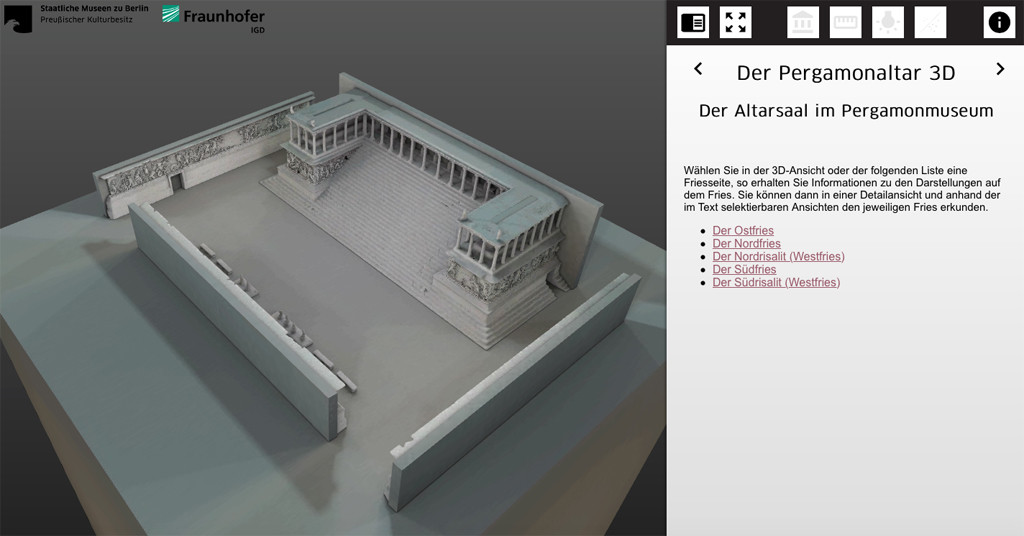
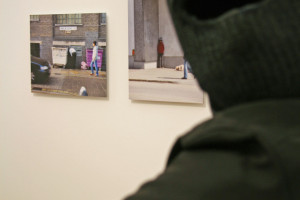
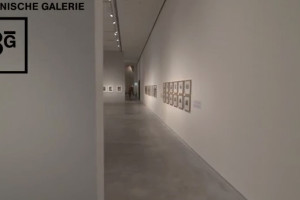
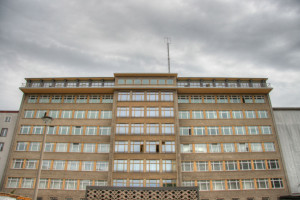
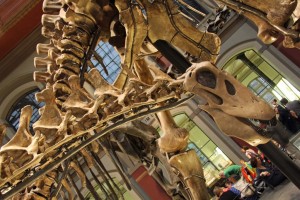
No comments yet.